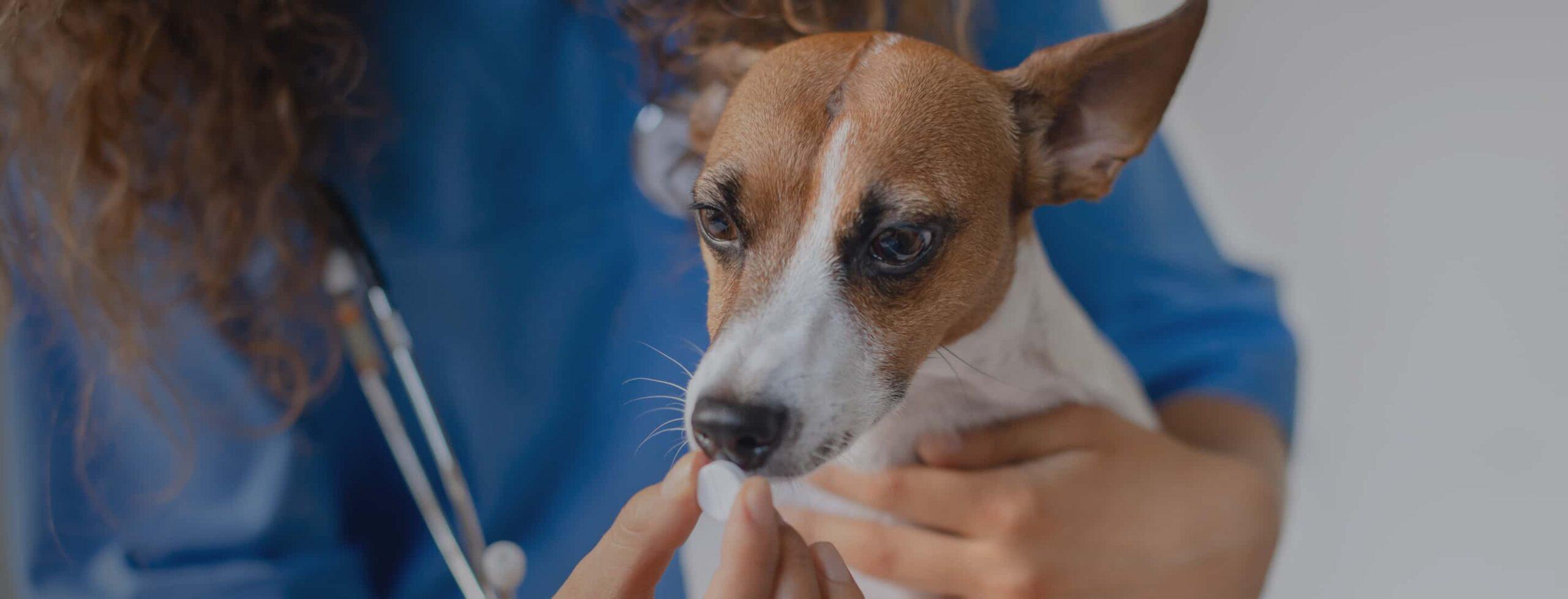The Benefits
Why Use Our Online Store?
- Vet-Approved & Verified: Every product-from prescriptions to supplements-is sourced through trusted veterinary suppliers, so you know it’s safe, authentic, and effective.
- Seamless Refills & Fast Processing: Skip the back-and-forth. Because we know your pet’s medical history, we can quickly approve, refill, and adjust prescriptions—no extra steps needed.
- One-Stop Convenience: Food, medications, preventives, and more—all in one place. Whether you’re picking up at the clinic or getting it delivered, managing your pet’s care has never been easier.
- AutoShip & Delivery Options: Never run out again! Set up recurring shipments and have essentials delivered right to your door, on your schedule.
- Competitive Pricing: Our store offers transparent, fair pricing—and often includes rebates or bundled savings you won’t find elsewhere.


